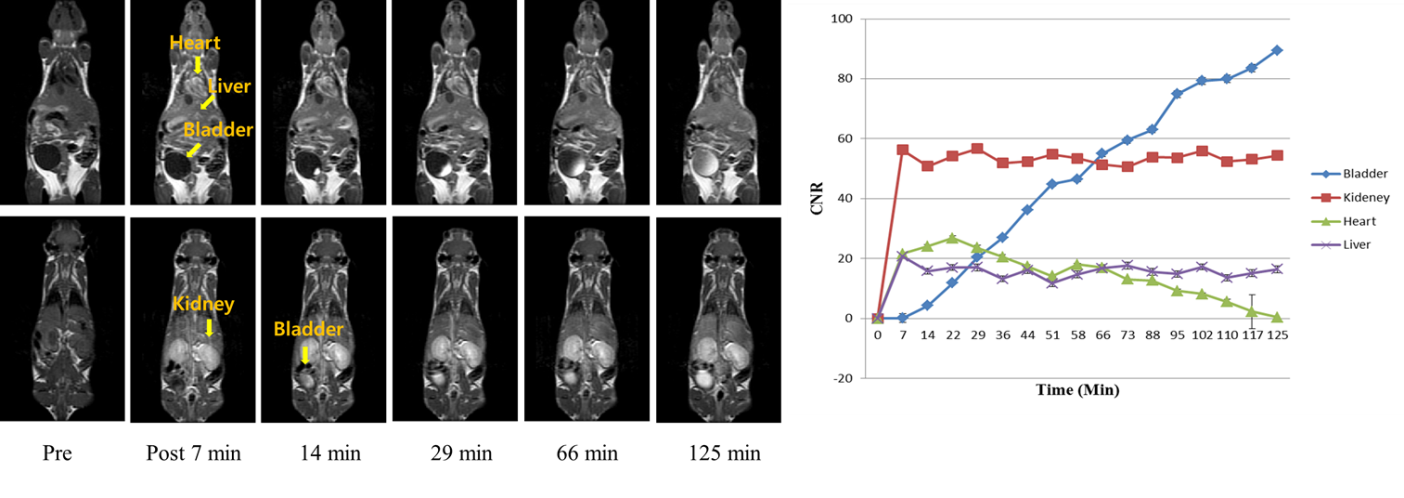

Experts have long suspected through anecdotal experience and preliminary retrospective investigations that gadolinium-based contrast media differ in regard to their reaction risk. However, on a population basis, an incrementally higher reaction rate, even if that difference for severe or lethal reactions is less than 10 reactions in thousands of examinations, can be an important consideration. Therefore, on a per-patient basis, the differential reaction risk according to agent usually is not a primary consideration. Gadolinium-based contrast media have a very low risk of allergic-like reactions, with agent-specific reaction rates ranging from 0.015% to 0.91% overall and 0.0016% to 0.019% for severe reactions ( 8). Unlike gadolinium retention, allergic-like reactions are known, quantifiable harms with immediately identifiable consequences. The work by Behzadi et al ( 8) in this month’s issue of Radiology focuses on one of these considerations: whether agents differ in their risk of allergic-like reactions. In light of these various factors, the decision making involved when selecting an agent is complicated and difficult to reduce to a single issue. In no particular order, these are included in the Table ( 6). There are several risks and benefits that must be considered when selecting which gadolinium-based contrast agent to use, with some pertaining to the patient, some pertaining to populations of patients, and others pertaining to the health care system in general.
#MR CONTRAST RSNA HOW TO#
So, why do these agencies agree on all of the facts, but differ on their regulatory approach? Likely this has to do with different opinions on how to regulate uncertainty and how to balance competing risks and benefits. Food and Drug Administration (FDA) stated that it agreed with the EMA on the science, but disagreed with the EMA on policy, and at the time of this writing, linear agents remain in use in the United States. In other words, the potential for risk was considered to be high enough that the EMA felt justified to remove certain linear agents with documented clinical efficacy from the market. Although the EMA acknowledged that there was no scientific evidence of harm related to gadolinium retention at the time of their ruling, it was assumed that the suspended agents offered no or negligible clinically relevant benefit beyond those with lesser retention (ie, those with macrocyclic structure) and unknown but potentially important risk. The clinical significance of this retention is unclear but has led some, most notably the European Medicines Agency (EMA) ( 4), to restrict or suspend the use of linear gadolinium-based contrast media that have been shown to have greater rates of gadolinium chelate dissociation compared with their macrocyclic counterparts. But now we know that, regardless of renal function and apparently regardless of patient status or type of contrast agent ( 1– 3), if a gadolinium-based contrast medium is administered, a very small quantity of that gadolinium will remain in the patient for an indeterminate and possibly long period of time. Historically considered extremely safe, gadolinium-based contrast media are commonly administered and necessary for the diagnosis and risk stratification of countless serious diseases. When it was discovered that gadolinium in gadolinium-based contrast media was not excreted fully from the body ( 1), even in patients with normal renal function ( 1), it threw the risk-benefit assessment of patients being considered for contrast material–enhanced magnetic resonance (MR) imaging into turmoil. Medicine is an art of balancing risks and benefits.


 0 kommentar(er)
0 kommentar(er)
